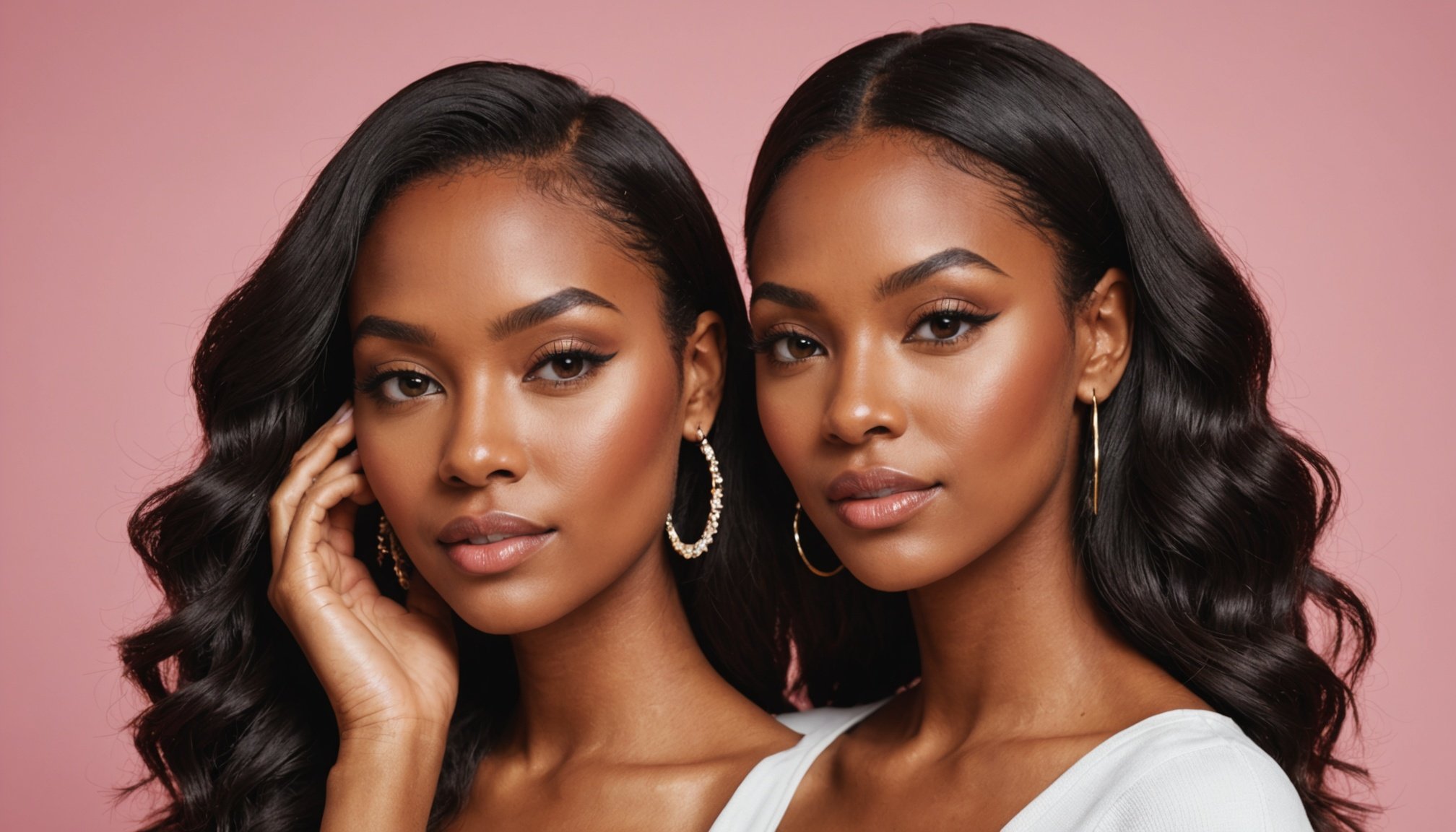Understanding the UK Beauty Market Landscape
The UK beauty market is experiencing dynamic growth, driven by evolving consumer preferences and innovative marketing strategies. With increasing diversity in consumer tastes, brands are adapting to meet the needs of various demographics. Millennials and Gen Z are particularly influential, pushing trends towards sustainability and inclusivity. These groups frequently rely on social media to discover new products, making influencer marketing a crucial component of brand strategy.
In recent years, influencer marketing trends have shifted from traditional celebrity endorsements to more relatable and authentic influencers. Consumers value transparency and lifestyle alignment, which has led to the rise of influencers who genuinely connect with their audiences. This shift has increased brand visibility by allowing consumers to see products in real-life scenarios, enhancing their purchasing confidence.
Also to read : Boosting Member Engagement: Harnessing the Power of Mobile Apps in UK Gym Facilities
Brands that leverage influencer marketing trends effectively can engage with consumers on a personal level, bridging the gap between brand and buyer. By aligning their strategies with emerging trends, beauty brands can enhance their market presence and build lasting relationships with customers. This evolving landscape presents an exciting opportunity for brands willing to adapt and innovate, ensuring they remain at the forefront of the ever-changing UK beauty market.
Effective Influencer Selection for Beauty Brands
In the dynamic UK beauty market, choosing the right influencers is paramount. Brands must consider several criteria for influencer selection to ensure fruitful partnerships. Key aspects include the influencer’s audience demographics, engagement rates, and content style. More intimate and engaged micro-influencers often yield significant results, offering relatable content and higher trust levels among followers.
Also read : Revitalizing UK Cities: The Impact of IoT on Local Governance and Unlocking Urban Opportunities
Micro-influencers can connect with niche audiences, delivering content that aligns with specific brand objectives. Their followers, although smaller in number, are highly engaged, resulting in effective brand alignment. By selecting personalities that embody brand values and convey messages authentically, companies enhance their brand visibility.
Moreover, assessing the potential influencer’s previous collaborations and analysing their content’s aesthetic alignment with brand ethos can further ensure compatibility. This selection process is fundamental as it affects the reception of brand messages by target audiences. Successful partnerships are characterised by mutual understanding and aligned goals, facilitating genuine and influential campaigns.
Furthermore, this approach enables beauty brands to forge meaningful connections with consumers, transcending beyond traditional marketing methods. As consumer preferences evolve, adaptability in influencer strategies remains essential for continued success in the ever-changing UK beauty landscape.
Crafting High-Impact Campaigns
Creating high-impact campaigns in the UK beauty market demands a strategic and nuanced approach. Campaign strategy is central, requiring clearly defined goals and an understanding of both the target audience and market dynamics. A successful strategy employs content creation that resonates with the audience, incorporating storytelling elements that highlight product benefits and brand values.
Engagement tactics are crucial for maximizing the effectiveness of influencer collaborations. To boost interaction, brands can encourage influencers to host live sessions, share behind-the-scenes content, or create polls, making audiences feel part of the conversation. These techniques not only enhance visibility but also foster community-building, deepening consumer-brand connections.
For content that captures attention, brands should work with influencers who can produce relatable and visually appealing material. Prioritising authenticity in content aids in developing trust, thereby enhancing brand visibility. Collaborating with influencers on creative briefs ensures consistency in messaging while allowing influencers to inject personal style, maintaining authenticity and relatability.
Ultimately, effective campaign strategies in the beauty sector combine creativity, data-driven insights, and adaptability, ensuring brands can stay agile and responsive to evolving trends and consumer preferences.
Measuring Campaign Success
In the dynamic realm of the UK beauty market, understanding how to effectively measure the success of influencer marketing campaigns is paramount. Brands must first identify key performance indicators (KPIs) that align with their specific goals. These commonly include engagement rates, brand sentiment, and reach. Tracking these metrics allows brands to gauge the effectiveness of their strategies and make informed adjustments where needed.
Performance metrics should be monitored through robust tools and software designed for campaign analytics. These technologies provide insights into user interactions and sentiment analysis, offering a comprehensive view of campaign impacts. They can also track brand mentions and conversions, providing a more detailed understanding of return on investment (ROI).
Accurate ROI measurement is crucial. By examining sales and other conversions that stem from the campaign, brands can assess the profitability of their influencer partnerships. This data-driven approach not only identifies successful strategies but also highlights areas for improvement, ensuring optimal resource allocation.
Continued monitoring allows brands to adapt their strategies efficiently, maintaining relevance in the competitive beauty landscape. This continuous feedback loop helps fine-tune marketing efforts to maximise impact and drive business growth.
Tools and Platforms for Influencer Marketing
Navigating the UK beauty market successfully requires leveraging effective influencer marketing platforms. These platforms streamline campaign management by providing a centralised system to manage influencer relationships, track performance metrics, and facilitate content collaboration. Popular tools such as AspireIQ and Traackr offer a range of features designed to enhance brand visibility and simplify the complex process of managing multiple influencers.
Features of these platforms often include technology tools for audience analysis and engagement tracking. These functionalities allow brands to pinpoint key demographics, ensuring that campaigns reach the most relevant audiences. By using such technology, brands can efficiently monitor engagement rates and adjust strategies in real time.
Moreover, advanced analytics and reporting features offered by these platforms enable in-depth examination of campaign impacts. They provide insights into key performance indicators, assist in ROI measurement, and identify areas for improvement. Effective use of these tools ensures marketers can adapt strategies swiftly and optimise resource allocation for better outcomes.
Harnessing the potential of these influencer marketing platforms not only boosts campaign efficiency but also reinforces the strategic alignment between brand values and influencer content, ultimately enhancing market presence.
Case Studies of Successful Influencer Campaigns
In the UK beauty market, examining case studies of successful influencer campaigns offers invaluable insights. One notable example is a well-known beauty brand that partnered with micro-influencers to enhance brand visibility. This campaign achieved high engagement by focusing on real-life applications and relatable content.
A key lesson learned is the importance of aligning influencer selection with brand values. Successful campaigns reflect a genuine connection between the influencer’s lifestyle and the brand’s ethos. This alignment fosters authenticity, building trust among consumers and encouraging higher engagement.
By evaluating these case studies, brands can identify enduring best practices. Key strategies include setting clear objectives, leveraging user-generated content, and prioritising brand alignment. These elements were consistently present in top-performing campaigns and contributed to meaningful audience connections.
The strategic use of influencer marketing trends, such as integrating influencers into product development or using data-driven insights for campaign strategy, can significantly boost success rates. Brands that learn from these case studies are better positioned to implement tactics that maximise impact and adapt to the evolving landscape of the UK beauty market. This comprehensive approach ensures continued relevance and growth in the competitive beauty industry.











